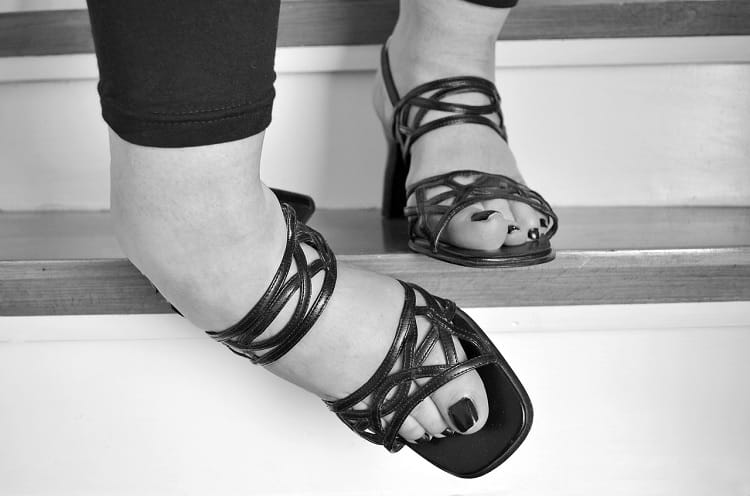All it takes is one wrong step to end up with a sharp pain in your ankle, which can even cause you to stumble and fall. Upon trying to get up, you may notice that it is impossible to put weight on that limb and walk normally.
If that is not bad enough, all your other joints are similarly vulnerable to seemingly harmless bumps and jostles. It really doesn’t take much to damage delicate ligaments or break small bones in the body’s complex structures.
Whether a pain hits your ankles, wrists, or any other joint in your body, it could be due to either a sprain or a fracture. What’s the difference, and do you need to do to recover? Use this guide to learn all you need to know.

Common Signs of Sprains and Fractures
Although assessing the extent of the injury at home is difficult, if not impossible, taking an inventory of your signs and symptoms can help you get the care you need from a medical professional. Sprains and fractures share many common symptoms, especially immediately after the injury occurs.
At first, you may notice:
- Sharp, throbbing pain;
- Difficulty moving the affected area;
- Inability to put weight on the joint;
- Swelling of the soft tissues;
- Bruises quickly forming.
If the area has any deformities, then you may have a fracture which will need to be set by a medical facility. Numbness and tingling are also potential signs of a fracture.
Seek Prompt Care
The only real way to tell if you have a sprain or a fracture is to get a professional diagnosis. If your limb is obviously broken or you are in horrendous pain, then a trip to the emergency room is likely the best course of action.
But if there’s room to ask what kind of condition we’re dealing with, it may well be best to visit your local urgent care center. These are much more affordable than the ER, take walk-ins without appointment and keep hours into the evenings and weekends.
Obviously diagnosis is the most important thing here. This is especially true with what we think is a sprain, but where we suspect a fracture and only an x-ray can tell for sure. Urgent cares are well equipped to deal with broken bones as well as the milder conditions. And as Dr. Gregory Blomquist, Chief Medical Officer at Community Med Family Urgent Care, advises: “It always pays to get diagnosed and treatment as rapidly as possible.”
Diagnosis
Whichever medical facility you turn to, you will need to undergo a full exam of the affected area to detect signs that point to either a sprain or fracture, and potentially other tests. An x-ray is likely to look at the bone structure and determine the extent of the injury.
Correct diagnosis enables a treatment plan, and any further examination by specialists. Initial care often calls for an adjustable splint for an injury to observe progress for a few days, followed sometimes by a full cast. So an urgent care facility might splint an injury and refer the patient on to an orthopedist, who might then prescribe a cast. As Dr. Blomquist advises above, the first requirement is professional diagnosis.
If you have a fracture, the bones may need to be realigned to ensure they can heal properly. This may take a cast on the injured area to hold everything in place while it heals. For severe fractures, surgery may be necessary to place pins, screws, or plates to hold the bones while they heal.
Sprains, on the other hand, are much easier to treat. Your treatment may consist of keeping weight off the injured area until it fully heals. To help you with that, you may be fitted with a sling, boot, or other medical device designed to support the area. If the injury is to your leg, you may be provided with crutches and shown how to use them.
Follow the Treatment Plan
Your medical provider will provide aftercare instructions to follow, to keep pain best to a minimum and promote healing.For either injury, you may be advised to use the RICE method to help your body heal, which involves:
- Rest;
- Ice;
- Compression;
- Elevation.
This helps to keep inflammation down, which in turn, reduces pain and allows the tissues to start to heal.
You should return to your nurse or doctor on a regular basis for checkups after initial treatment, to make sure you are healing properly, and make changes to the treatment plan as needed. Your aftercare instructions will usually also include warning signs to watch for that may indicate a need to return sooner than scheduled, such as:
- Sustained numbness, burning, or tingling;
- Marked increase in pain;
- Increased swelling, especially if it makes the cast feel too tight;
- Inability to move your fingers and toes.
When you work with a nurse or doctor to recover from a sprain or fracture, you can also learn tips to prevent the problem from recurring in the future, helping keep you in good health.

